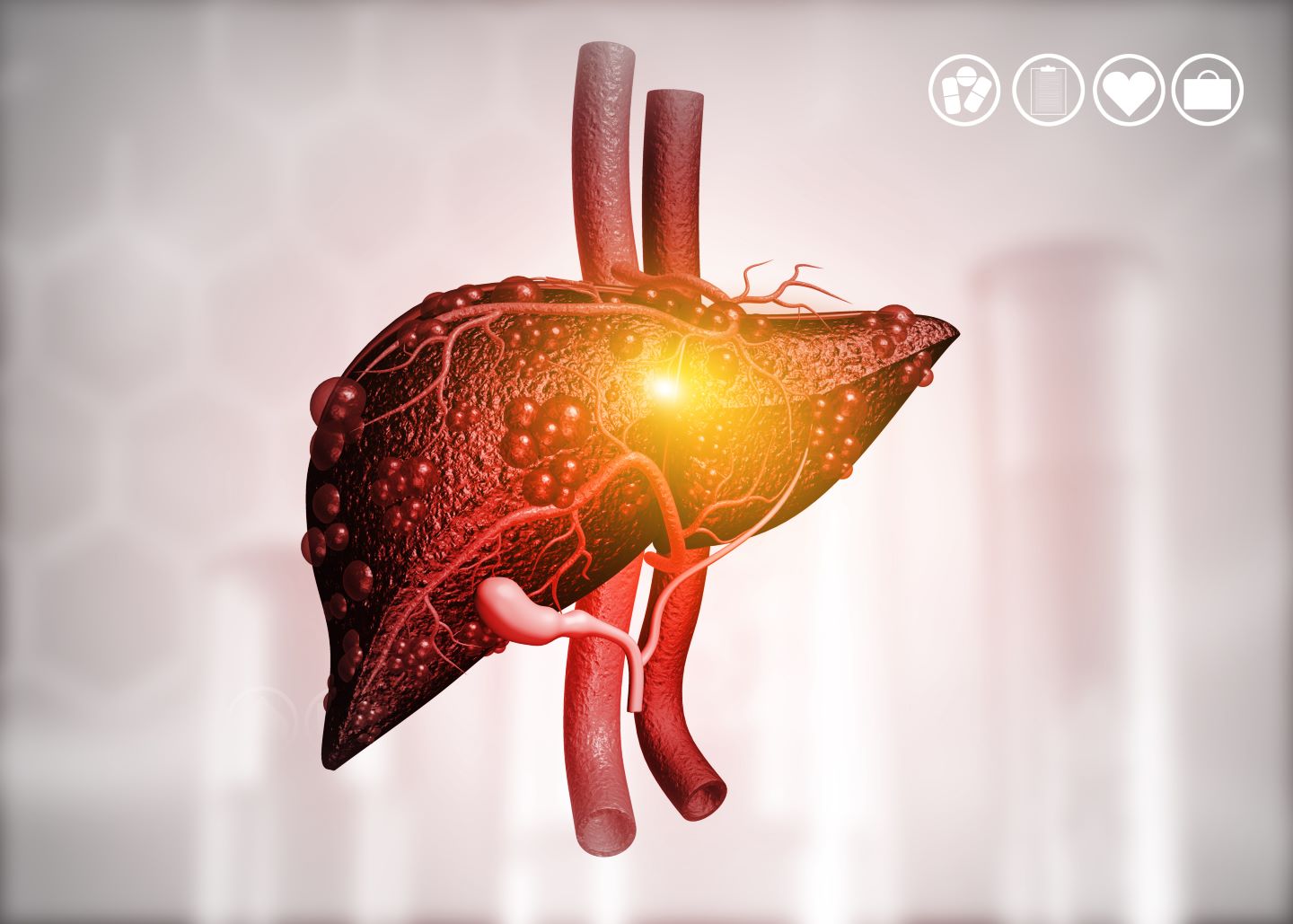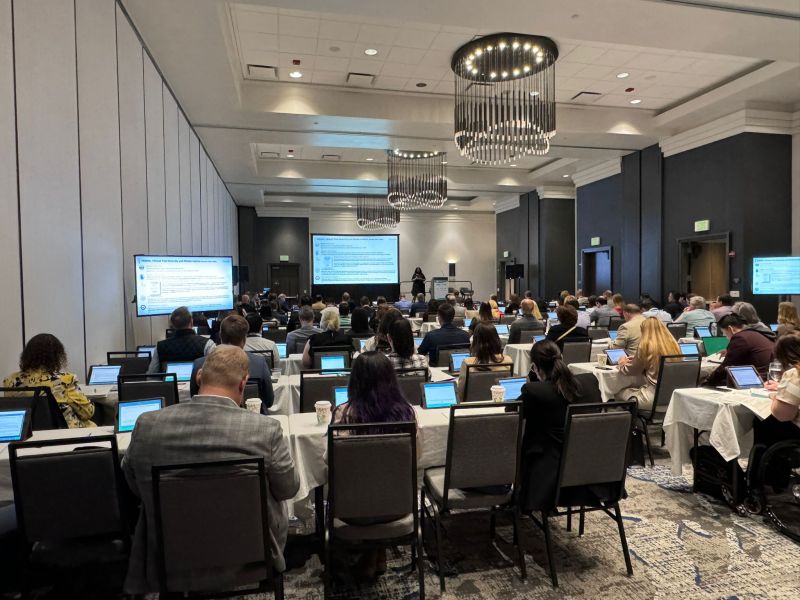This June, three of the largest international liver societies—the European Association for the Study of the Liver (EASL), the American Association for the Study of Liver Diseases (AASLD), and the Latin American Association for the Study of the Liver (ALEH)—made a joint announcement at the 2023 EASL Congress that the names of fatty liver diseases would be changing.
Non-alcoholic fatty liver disease (NAFLD) was renamed metabolic dysfunction-associated steatotic liver disease (MASLD). Together with MetALD, which is a new category covering liver disease caused by both fat accumulation and alcohol use, MASLD would fall under the broader banner of steatotic liver disease (SLD). Non-alcoholic steatohepatitis (NASH), a more severe and developed form of NAFLD, was renamed metabolic dysfunction-associated steatohepatitis (MASH). The three societies voted by a supermajority for the shift, justifying their collective decision by suggesting that the new names were less stigmatising and exclusionary than their predecessors.
This was particularly notable given that there is an ongoing race to become the first approved treatment for NASH/MASH, and therefore an array of pipeline drugs are under development. Contrary to expectations, however, utilisation of the new nomenclature appears to have been slow. Many press releases and corporate presentations continue to refer to the condition as NASH, perhaps concerned about the confusion that the use of the new nomenclature could cause.
One company that has adopted the new name in its press releases is Rivus Pharmaceuticals, which is conducting a Phase IIb trial of its controlled metabolic accelerator, HU6, in obese patients with type 2 diabetes at risk of MASH. Nonetheless, Rivus Pharmaceuticals reverted to referring to the condition as NASH when formally registering the trial on the ClinicalTrials.gov platform in August. Currently, ClinicalTrials.gov, a registry of global clinical trials run by the National Institutes of Health (NIH), does not have any trials registered using the new nomenclature. Similarly, metabolic disease CRO ProSciento issued a press release acknowledging the change but otherwise maintained the emphasis on NASH on its website. Novo Nordisk, a potential beneficiary of the change, given that its NASH drug semaglutide was previously developed for other metabolic disorders, has set up a disease area page for MASH on its website. However, Novo Nordisk continues to use the term NASH in its pipeline and investor presentation.
Leading industry players still appear to be reluctant to make the switch. Madrigal Pharmaceuticals has shown no sign of shifting away from referring to the condition as NASH as it prepares for the commercialisation of its thyroid-beta hormone receptor THR-β agonist resmetirom, which is widely expected to be the first approved asset in NASH/MASH. Another frontrunner, Inventiva, which has a Phase III pan-PPAR agonist in development for NASH, lanifibranor, looks to be similarly apprehensive. Given that Inventiva has invested significantly in NASH disease education through its PanNASH initiative, it is understandable why the company might be reluctant to make a change based solely on the latest naming trends. Several of the Big Pharma companies with a presence in the NASH space, such as Eli Lilly, GSK, and Pfizer also continue to use the term NASH.
See Also:
In what may be an attempt to ease the transition, the FDA began referring to the disease as NASH/MASH in a boilerplate description of its upcoming workshop on the disease, while still mentioning NASH alone in titles. The use of these terms alongside one another may build greater familiarity and association with them, which could encourage increased industry interest in adopting the new names. Previously, Madrigal Pharmaceuticals suggested that if regulators do fully shift to use of MASH in the context of regulations and approvals, it would reassess its position and use the new terminology.
How well do you really know your competitors?
Access the most comprehensive Company Profiles on the market, powered by GlobalData. Save hours of research. Gain competitive edge.

Thank you!
Your download email will arrive shortly
Not ready to buy yet? Download a free sample
We are confident about the unique quality of our Company Profiles. However, we want you to make the most beneficial decision for your business, so we offer a free sample that you can download by submitting the below form
By GlobalDataNevertheless, it remains to be seen whether the new nomenclature will gain much traction outside of academia. Three months on from the nomenclature change, the prospects of MASLD and MASH supplanting the far better-established NAFLD and NASH appear unlikely, at least in the short term. With commercialisation on the horizon, there is little need for companies in this therapy area to undertake considerable expense and revamp their marketing campaigns to accommodate the change. It may ultimately be years before the pharmaceutical industry decides to fully make the jump to using MASLD and MASH alone to refer to this group of diseases, and the shift will likely rely on regulators and scientific publications first bringing the new nomenclature into the mainstream.










Related Company Profiles
Pfizer Inc
GSK plc
Eli Lilly and Co
Novo Nordisk AS
Inventiva SA